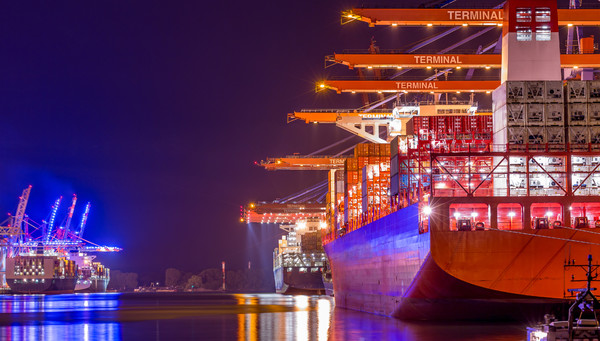The IUMI Loss Prevention Committee has developed a paper outlining best practices regarding the safe and efficient transport of liquid bulk cargoes using flexible tanks in dry-van ISO containers. These guidelines aim to identify risks and mitigate claims.
Flexible tanks are large bladders made from poly materials that are used to transport non-hazardous liquid bulk cargoes. Their economic advantages – such as increased transport volumes, reduced cleaning costs for containers, and ease of use in conjunction with standard dry-van ISO containers – have led to their widespread adoption in the industry, particularly for the transport of food-grade liquids, edible oils and non-hazardous chemicals.
Despite their many advantages, various risks are involved with flexible tanks, such as unsuitable transport containers, installation errors, pre-existing damage, over or underfilling or non-acceptance. The associated costs can quickly add up, as damage to a flexible tank will often result in total cargo loss, lead to additional costs for environmental or vessel cleanup and cause damage to the carrying container. Significant claims may be incurred if contractual parties do not meet their obligations of loss mitigation.
Furthermore, it is of paramount importance to ensure that the containers used to ship flexible tanks are up to the task. To this end, installation of the tank itself must be carried out strictly in accordance with the manufacturer’s instructions. For this reason, only trained personnel should be involved in the installation, loading, and unloading processes.
Proper documentation in the form of a checklist will safeguard against quality concerns regarding both the tank itself and the installation process. It is further recommended that an emergency response system be implemented to address any leaks promptly, so as to minimise potential losses. Should an issue arise, the contractual parties must be aware of their obligations.
During the course of transport, the stowage position should be optimised so as to minimise any external forces exerted upon the container. Furthermore, containers should be appropriately labelled, and work safety guidelines are to be strictly followed during both the loading and unloading processes.
The IUMI Position Paper, including checklists on Best Practices for Flexible Tanks, will be available here after the IUMI Berlin conference.
